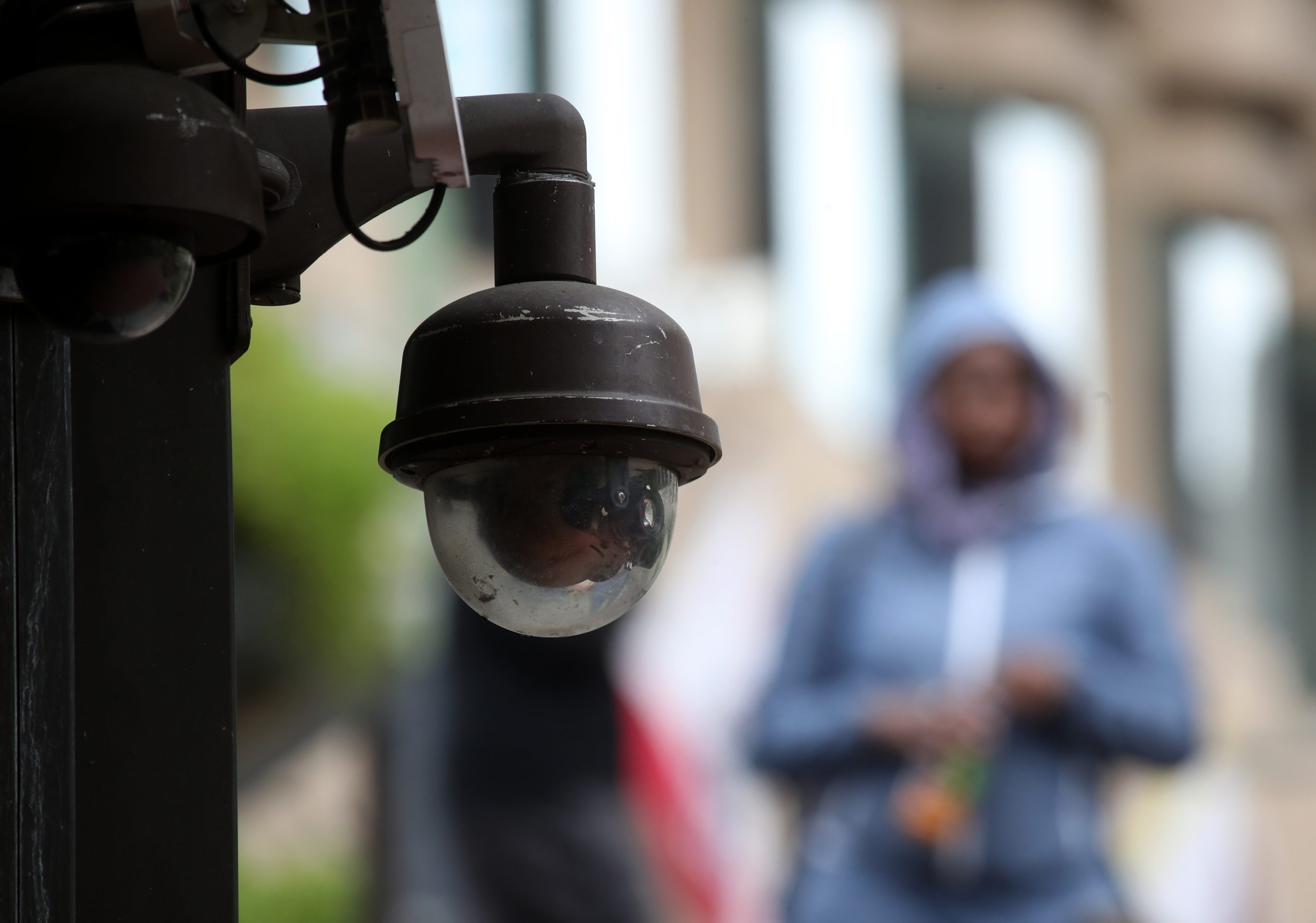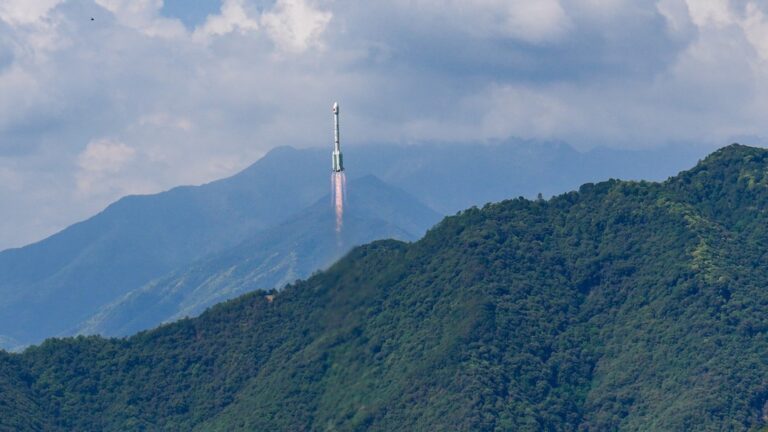A secretive startup that promotes a massive international universal facial recognition database seeded from more than three billion images is facing pushback from tech firms as it tries to woo more law enforcement agencies.
The company, called Clearview AI, went from near-complete obscurity to national headlines following a report published by the New York Times in January. The Times described Clearview as a "groundbreaking" facial recognition service. A user imports a photo of a person, and then the app shows "public photos of that person, along with links to where those photos appeared," the NYT explains.
Clearview claims to have agreements with 600 law enforcement agencies for use of its services, and the company says it has a set of three billion public photos to match new images against. Those photos come from a wide array of sources, and the sources are ticked off.
Twitter was the first major tech firm to tell Clearview to quit it. A few days after the NYT first reported on the company, Twitter sent a letter to Clearview saying that its actions were in violation of Twitter policy. The letter included demands that Clearview stop scraping images or other data from the platform "for any reason" and delete data it had already collected.
Where Twitter went, others rapidly followed. In the days since, Google told Clearview to stop scraping YouTube, Facebook told it to stop gathering data from Facebook or Instagram, and Microsoft told it to stop scraping LinkedIn. Peer-to-peer payment service Venmo also told Clearview to stop.
Big talk
When the New York Times first published its profile on Clearview, company founder and CEO Hoan Ton-That was evasive. Reporter Kashmir Hill wrote:
When I began looking into the company in November, its website was a bare page showing a nonexistent Manhattan address as its place of business. The company’s one employee listed on LinkedIn, a sales manager named “John Good,” turned out to be Mr. Ton-That, using a fake name. For a month, people affiliated with the company would not return my emails or phone calls.
Clearview, however, was clearly paying attention. When Hill asked several police officers to run a photo of her through the app, the company began contacting those law enforcement agencies asking if they had been talking to the media—apparently Clearview does, indeed, know a reporter when it sees one.


 Loading comments...
Loading comments...
